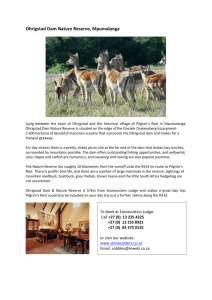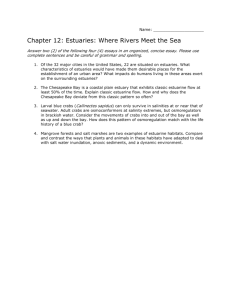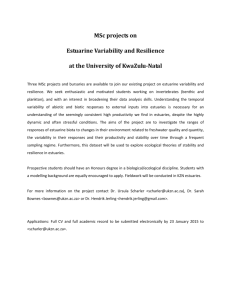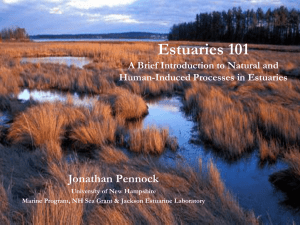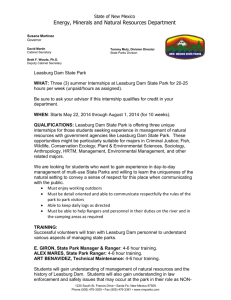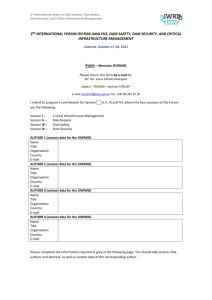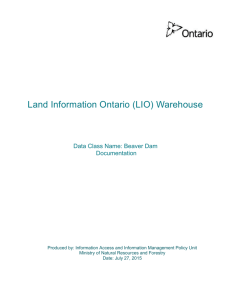Annexure 6 - Proposed Workshop Agenda
advertisement
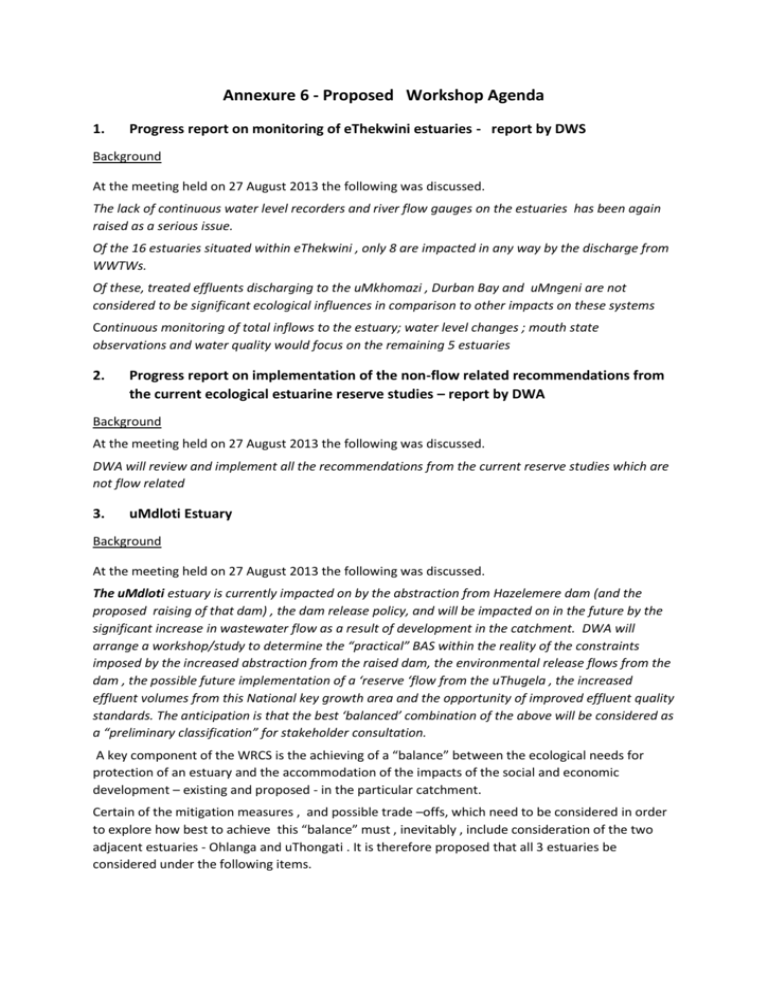
Annexure 6 - Proposed Workshop Agenda 1. Progress report on monitoring of eThekwini estuaries - report by DWS Background At the meeting held on 27 August 2013 the following was discussed. The lack of continuous water level recorders and river flow gauges on the estuaries has been again raised as a serious issue. Of the 16 estuaries situated within eThekwini , only 8 are impacted in any way by the discharge from WWTWs. Of these, treated effluents discharging to the uMkhomazi , Durban Bay and uMngeni are not considered to be significant ecological influences in comparison to other impacts on these systems Continuous monitoring of total inflows to the estuary; water level changes ; mouth state observations and water quality would focus on the remaining 5 estuaries 2. Progress report on implementation of the non-flow related recommendations from the current ecological estuarine reserve studies – report by DWA Background At the meeting held on 27 August 2013 the following was discussed. DWA will review and implement all the recommendations from the current reserve studies which are not flow related 3. uMdloti Estuary Background At the meeting held on 27 August 2013 the following was discussed. The uMdloti estuary is currently impacted on by the abstraction from Hazelemere dam (and the proposed raising of that dam) , the dam release policy, and will be impacted on in the future by the significant increase in wastewater flow as a result of development in the catchment. DWA will arrange a workshop/study to determine the “practical” BAS within the reality of the constraints imposed by the increased abstraction from the raised dam, the environmental release flows from the dam , the possible future implementation of a ‘reserve ‘flow from the uThugela , the increased effluent volumes from this National key growth area and the opportunity of improved effluent quality standards. The anticipation is that the best ‘balanced’ combination of the above will be considered as a “preliminary classification” for stakeholder consultation. A key component of the WRCS is the achieving of a “balance” between the ecological needs for protection of an estuary and the accommodation of the impacts of the social and economic development – existing and proposed - in the particular catchment. Certain of the mitigation measures , and possible trade –offs, which need to be considered in order to explore how best to achieve this “balance” must , inevitably , include consideration of the two adjacent estuaries - Ohlanga and uThongati . It is therefore proposed that all 3 estuaries be considered under the following items. 4. Ohlanga , uMdloti and uThongati estuaries The intention of Items 4.1, 4.2, and 4.3 is to set the scene for a detailed discussion under items 5 and 6 4.1 Review of current estuarine reserves (by Lara) - Their status ; draft or approved The range of Scenarios tested in each study The Conclusions / Recommendations of each study 4.2 An update on the eThekwini Development plans for each catchment and the resulting sewage flows (by EWS) 4.3 An Update on Hazelemere Dam (by Neil / Kobus) - 5. Discussion on validity of current reserves in terms of - 6. 6.1 The impact of the raising of the dam wall (level of impact , duration before mitigation , likely success of mitigation) The new wastewater flow scenarios and whether sufficient information at a sufficient confidence level can be interpreted from the existing reserve reports. The addition of water quality aspects which were generally omitted from the reserve studies Discussion on Mitigation measures and Trade-offs Mitigation measures - 6.2 The programme for raising of dam wall The environmental flow releases from the Dam: the target release policy vs the records of releases The estuarine report included with the EIA submission for the raising of the wall and the flow related estuarine requirements eventually included in the ROD. (plus an update on the option of implementing reserve flow from the uThukela) Identification of options for diverting ‘excess’ flows Ranking of options for more detailed feasibility and costing Trade –Offs - Discussion and agreement on key principles 6.3 Identification of the ‘B A S ‘ 7. Summary and Way Forward 8. Date of next meeting

